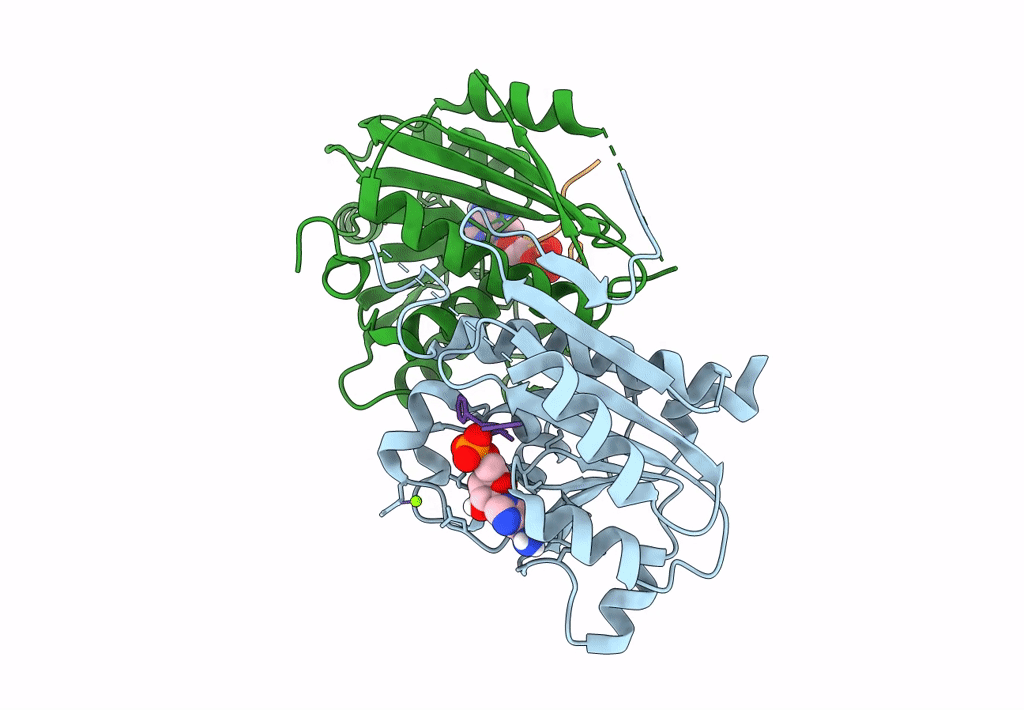
Deposition Date
2022-01-31
Release Date
2023-01-11
Last Version Date
2024-11-06
Entry Detail
PDB ID:
7TSQ
Keywords:
Title:
Structure of Enterobacter cloacae Cap2 bound to CdnD02 C-terminus, AMP state
Biological Source:
Source Organism:
Enterobacter cloacae (Taxon ID: 550)
Host Organism:
Method Details:
Experimental Method:
Resolution:
2.11 Å
R-Value Free:
0.22
R-Value Work:
0.20
R-Value Observed:
0.20
Space Group:
P 21 21 21


